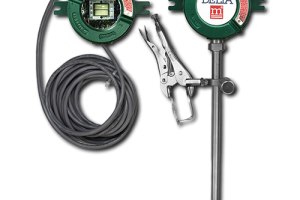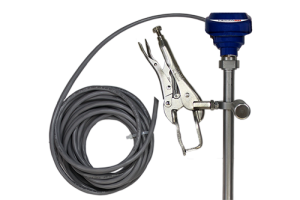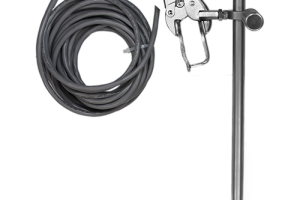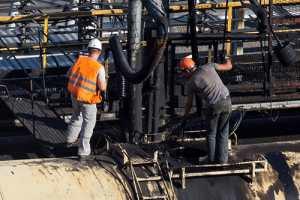SP76 Mass Flow Switch
SPECIFICATIONS
SENSORS
Type:
Thermal Differential, Dual RTD Sensors
Process Connection:
SP 76 Compliant 1.5 x 1.5 inch
Sensor Dimensions:
Height 4.4 inch
Width 1.5 inch
Length 1.5 inch
Operating Temperature Range:
Standard -100°F to 390°F (-70°C to +200°C)
Materials of Construction:
Standard 316L Series Stainless Steel
Operating Pressure Range:
Standard to 3000 psia (207 bar)
ELECTRONICS
Power:
Standard 110VAC Optionally 220VAC, 24VAC, or 24VDC at 3 watts (No heater power required)
Operating Temperature Range:
Standard -40°F to +140°F (-40°C to +60°C)
Outputs:
microtuf® & Single Channel VERSA-SWITCH®
DPDT Relay contacts rated at 5 amp, 250 VAC with fail safe capability
Dual Channel VERSA-SWITCH®
Independent primary relay DPDT and secondary relay SPDT, contacts rated at 5 amp, 250 VAC with fail safe capability; built in time delay 0 to 300 seconds on each channel
Self-Test:
Integral and automatic during power up.
Enclosure:
Model Dependent: Explosion proof; NEMA 3, 4, 7, and 9; CSA, FM, UL, CENELEC, and EECS approved
INSTRUMENT
Operating Range:
Adjustable flow rate (feet per second – fps), typical: 0.01 to 5.0 fps liquids and 0.1 to 500 fps gases
Response Time:
Sensor response time 0.5 to 10 seconds media dependent
Stability:
Drift < .5% from calibrated setpoint over a range of ±50° F. Temperature compensated throughout entire
range
Repeatability:
±1% of setpoint
Available Approvals:
Class 1 Div. 1 Groups A,B, C, & D
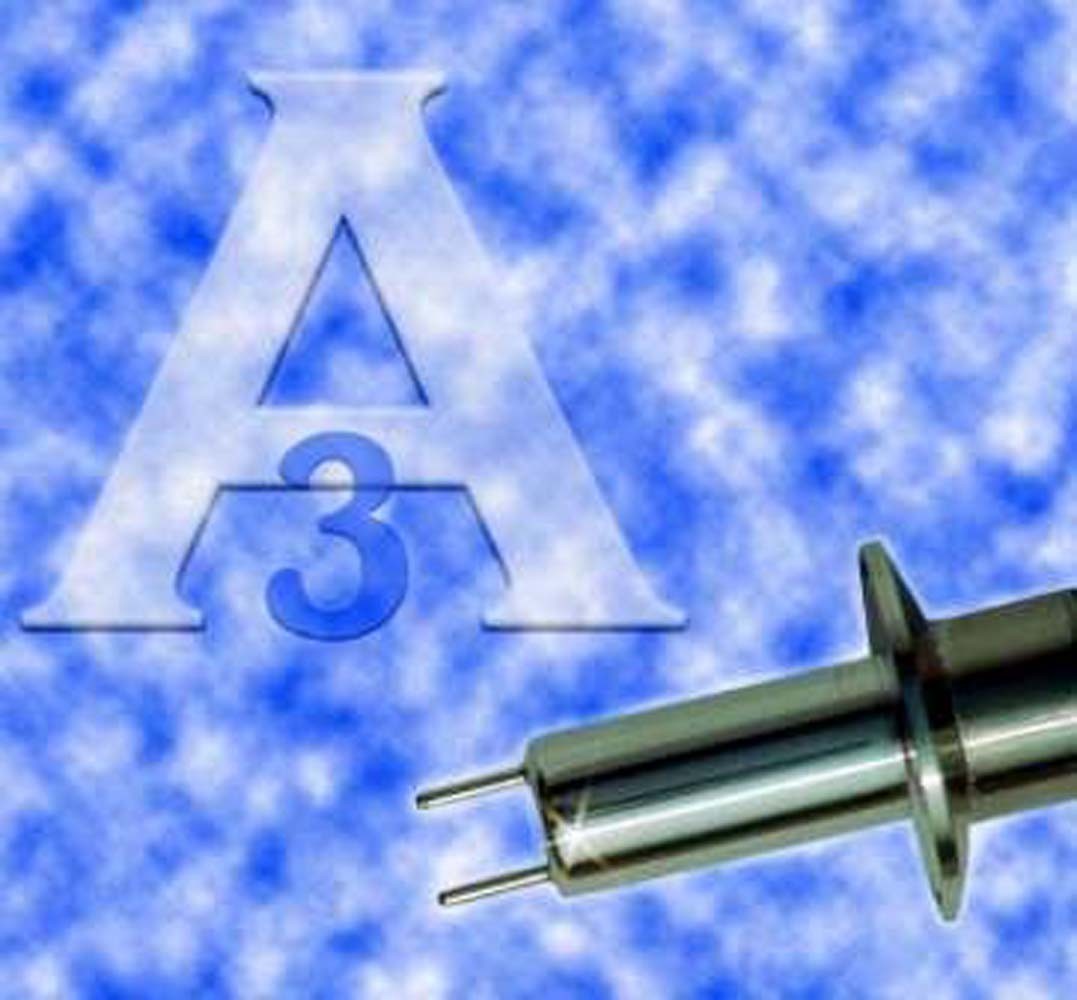 Do you have need for certified, sanitary liquid flow or point level monitoring in your processing plant? Delta M Corp’s 3-A sanitary sensor option can solve all of your level and flow needs! Ideal for applications with extremely high, low, or even moderate temperatures, the operating temperature range extends from -100°F to 390°F with special options up to 850°F. In liquid lines, this sensor epitomizes versatility and can monitor the rate of flow from 0.01 – 5.0 fps to trigger at a designated switch point. The sanitary connection can be used with their Versa-switch® or microtuf® product lines, ensuring flow and level are monitored with unrivaled repeatability.
Do you have need for certified, sanitary liquid flow or point level monitoring in your processing plant? Delta M Corp’s 3-A sanitary sensor option can solve all of your level and flow needs! Ideal for applications with extremely high, low, or even moderate temperatures, the operating temperature range extends from -100°F to 390°F with special options up to 850°F. In liquid lines, this sensor epitomizes versatility and can monitor the rate of flow from 0.01 – 5.0 fps to trigger at a designated switch point. The sanitary connection can be used with their Versa-switch® or microtuf® product lines, ensuring flow and level are monitored with unrivaled repeatability.
Allow Delta M to provide a switch unique to any specific hygienic application with customized insertion lengths and a wide range of process connection sizes. Cleaning is simple and efficient with this CIP sanitary switch which has maintained certification No. 950 from 3-A Sanitary Standards, Inc.
A shielded VERSA-SWITCH® VS5100 probe is installed in the tank with Channel 1 set to detect foam; Channel 2 is set to detect liquid. When foam reaches the switch, the switch turns on a pump that feeds liquid to nozzles in top of the tank and the spray knocks the foam down (shield keeps spray from tripping Channel 2). When the liquid reaches the switch it shuts down the feed pump and the foam knockdown pump. This allows greater storage capacity in tank and prevents product overflow or wastage, thus reducing the burden on the plants waste treatment facility.
When tanks are installed underground it is quite often required that these tanks have 2 walls with an air space between the walls. It is important to know that these tanks are in good condition and not leaking. With the switches configured to detect interface you can be notified of the source of any leak. If the outer tank wall is leaking we would detect ground water entering the air space. If the inner wall is compromised then we would detect the contents of the tank leaking into the air space.
In many manufacturing facilities, sumps can be a big problem. Seldom do you know what is going to end up in the sump; it can be anything from acid to tar. In a situation like this, the DELTA M thermal differential level switch is ideal since it has no moving parts to stick and is available in many exotic materials that are compatible with most chemicals. The DELTA M multi-point level switch is ideal for these applications. The switches can have from 2 points to 6 points with 3 or 4 being very common. In power plants, for example, you may want additional points for booster or back-up points.
Liquid Multi Point Level







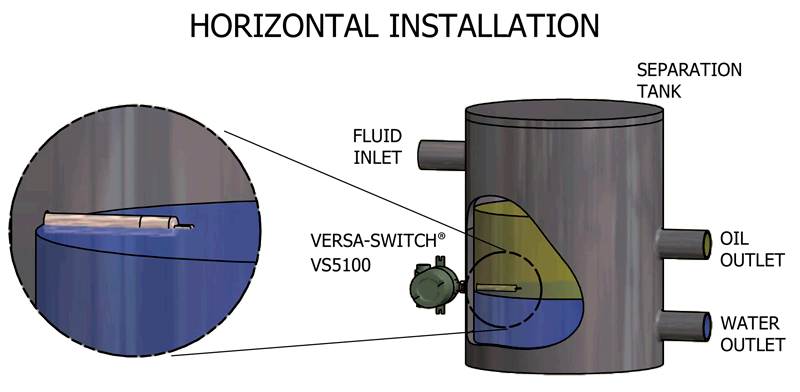
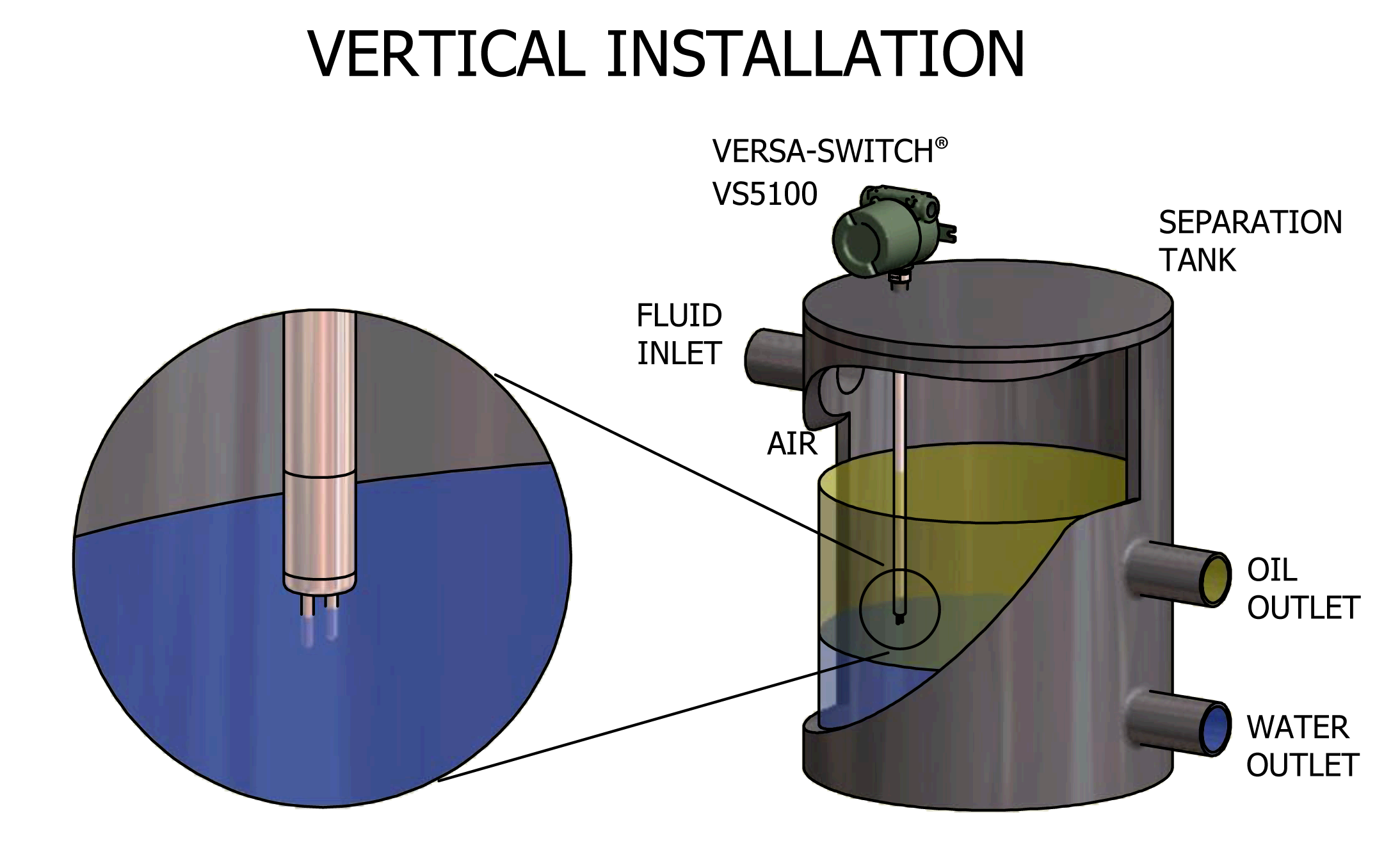

 Do you have need for certified, sanitary liquid flow or point level monitoring in your processing plant? Delta M Corp’s 3-A sanitary sensor option can solve all of your level and flow needs! Ideal for applications with extremely high, low, or even moderate temperatures, the operating temperature range extends from -100°F to 390°F with special options up to 850°F. In liquid lines, this sensor epitomizes versatility and can monitor the rate of flow from 0.01 – 5.0 fps to trigger at a designated switch point. The sanitary connection can be used with their Versa-switch® or microtuf® product lines, ensuring flow and level are monitored with unrivaled repeatability.
Do you have need for certified, sanitary liquid flow or point level monitoring in your processing plant? Delta M Corp’s 3-A sanitary sensor option can solve all of your level and flow needs! Ideal for applications with extremely high, low, or even moderate temperatures, the operating temperature range extends from -100°F to 390°F with special options up to 850°F. In liquid lines, this sensor epitomizes versatility and can monitor the rate of flow from 0.01 – 5.0 fps to trigger at a designated switch point. The sanitary connection can be used with their Versa-switch® or microtuf® product lines, ensuring flow and level are monitored with unrivaled repeatability. 